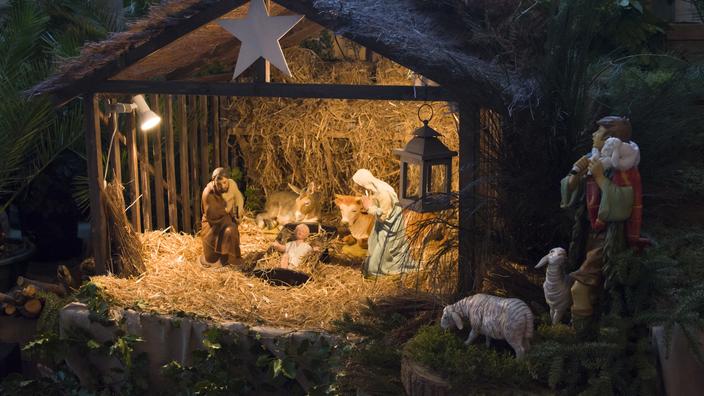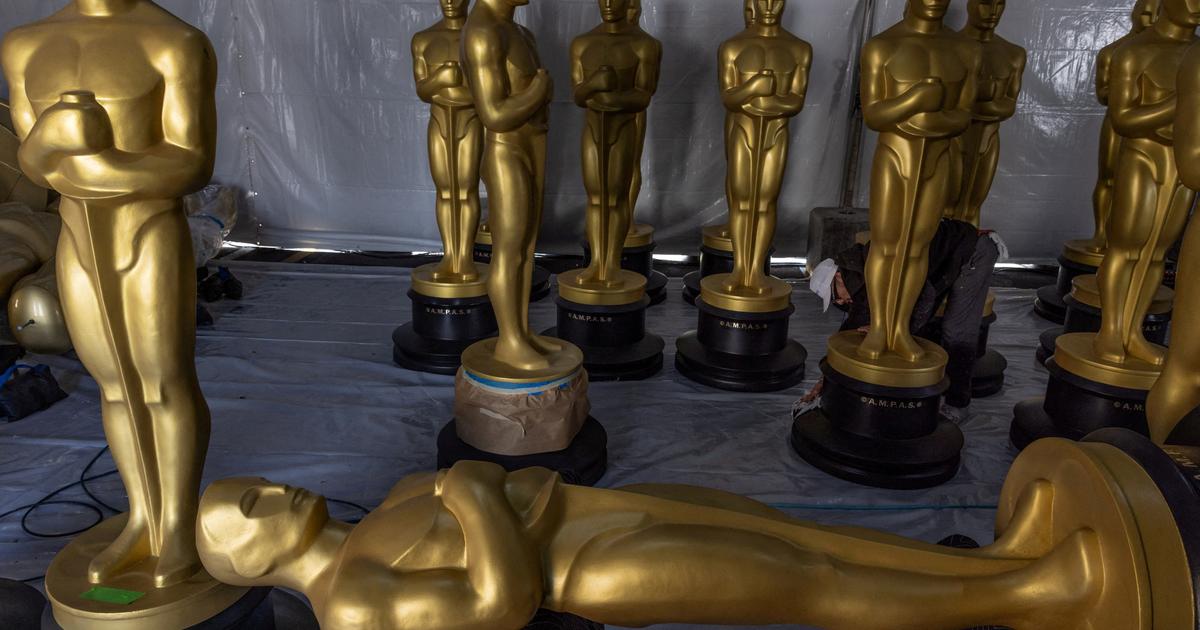Concern hovers among the Catholic faithful.
Already deprived of the Easter vigil last spring, now the Midnight Mass, a tradition almost 1,500 years old, could be reduced to version 2.0 for the year 2021, Covid obliges.
How did this celebration on the night of December 24 become essential in the Christmas fairyland?
Where does this tradition come from?
Read also: The European Union recommends promoting midnight masses online for Christmas
Pass
"
from darkness to light"
The celebration of Christmas has not always existed among Christians.
It was not until the 4th century that Pope Sixtus III fixed the birth of Christ on December 25, the day of the winter solstice.
This date marking the beginning of the lengthening of the days thus symbolized the light prevailing over the darkness, in reference to the prophecy of Isaiah: "
On the inhabitants of the land of darkness, a light has shone
" (Is 9, 1 ).
From the early Middle Ages then appears, without knowing precisely the origin, the practice of a night celebration on the night of December 24 to 25.
First practiced by the Pope and popularized in Rome, it takes the name of “Midnight Mass”.
“
Symbolically, the celebration of God made man thus begins at the first second of Christmas day, illustrating the victory of day over night, of life over death,
” explains Father Pierre Amar, priest in Yvelines and editor. from the Padre blog.
Read also: Covid-19: Christmas gatherings canceled in Quebec
Over the centuries, this first nocturnal mass was coupled with two other celebrations, one very early called “Mass of Dawn”, then another called “Mass of the Day”.
From the 12th century, this practice spread and became the object of theorizing by many theologians.
"
As for the Midnight Mass, the practice of these three Masses preceded their meaning, which was subsequently granted
", explains Alain Cabantous, historian and author of
Noël: une si longue histoire…
(2016)
.
Thus, Saint Thomas Aquinas in his
Summa Theologica
(III, 83, 2), or even Bossuet in his
Catechism of feasts and other solemnites
(1698), evoke the image of a "
triple birth of Christ
": his birth eternal and divine, illustrated by the Midnight Mass, and his spiritual and bodily birth for the other two.
This practice, which will inspire in particular Alphonse Daudet in the famous tale of
Letters from my mill
, has almost disappeared today, leaving only the Midnight Mass, largely preserved in Christian culture.
Popular place of expression
Not having an obligatory character, the night celebration of the Nativity did not however have the same attendance as that of the day
,
"
particularly until the time of the Ancien Régime, for practical reasons that the we can easily guess
, ”explains Alain Cabantous.
"
For a long time, muddy roads and very cold weather did not encourage people, especially in the countryside, to move in the middle of the night
."
On the other hand, it has proved in some regions a place of popular expression to celebrate the joy of Christmas.
Read also: Deemed homophobic and offensive, the punk Christmas song of the Pogues censored by the BBC
"
This Mass was the occasion for all the undisciplined, particularly in France
", comments the historian.
"
Several accounts of foreigners have come back to us between the 16th and 19th centuries, expressing deep astonishment at the originalities of Christmas celebrations, in particular on the part of Protestants accustomed to sobriety
".
Theatrical representations or processions were regularly performed, with reference to the Gospel of Luke: "
The shepherds came in haste and found Mary, Joseph and the newborn lying in the manger
" (Lk 2,16).
Thus in sheep regions, as in Picardy, shepherds burst into the church accompanied by their flocks and equipped with their instruments.
“
The ceremonies were often very noisy, folklore was in full swing: flutes, tambourines and rattles were given to their heart's content
,” explains Alain Cabantous.
Even today, events often precede Christmas mass in parishes, particularly in Provence where the famous “pastoral” have remained anchored in popular culture.
A tradition in danger?
If the Midnight Mass has remained a ritual in the celebration of Christmas, its practice has become much more flexible.
Today, the midnight mass in the parish often has only the name, brought forward until 6 p.m. and shortened to adapt to the family rhythm.
“
Anticipating Christmas is a very modern practice
,” explains Father Pierre Amar.
“
Until very recently, no great liturgical feast began until the stroke of midnight had struck
”.
Even at St. Peter's Basilica, papal Mass on December 24 is now celebrated at 9:30 p.m., a measure decided under the pontificate of Pope Benedict XVI.
“
Celebrating an early mass at 5 pm as if it were a works council, that kills all fairyland
”, regrets the priest, who remembers the time when, as a child, his father woke him up in the dead of night to get to church. "
For me, this appointment is inseparable from the m
has
Christmas ogy. I wish he never gets lost
”.











/cloudfront-eu-central-1.images.arcpublishing.com/prisa/KMEYMJKESBAZBE4MRBAM4TGHIQ.jpg)



